
President Donald Trump is being sworn in today, and we are about to find out what happens when the government is actually as corrupt as our most brain-rotted conspiracy theorists imagine.
“Trump Inauguration, Awash in Cash, Runs Out of Perks for Big Donors,” The New York Times reported, somewhat inaccurately. Sure, the Trump people ran out of VIP tickets, but that’s not what the donors were buying. This is pure, obvious corruption — the kind that used to trigger shame, back when we were a populace that could still experience that emotion.
So what are these men buying?
Our tech overlords all have problems, and they want to buy the solutions. I guess it was easier than making products people actually like.
“First Buddy” Elon Musk spent at least a quarter of a billion dollars electing Donald Trump. Corporations and wealthy donors have sent half a billion more since he was elected. Amazon, Google, Uber, Microsoft, and Meta donated $1 million each to Trump’s inauguration, as did Apple’s Tim Cook and OpenAI’s Sam Altman. (Joe Biden’s inauguration hardly received this kind of largesse.) “In the first term, everybody was fighting me,” Trump said in December. “In this term, everybody wants to be my friend.”
Musk, Jeff Bezos, and Mark Zuckerberg, the three wealthiest men on Earth, are reportedly attending the inauguration; they were to be seated with elected officials and cabinet nominees, before the ceremony was moved indoors. (Cook is also reportedly attending.) Musk will have office space in the Eisenhower Executive Office Building next to the White House, according to The New York Times.
So what are these men buying?
Real market opportunities are rarer than they used to be. Tech executives and investors have become openly resentful about their products’ societal repercussions and an unconscionable lack of adulation from the citizenry. Zuckerberg in particular seems bored with Facebook, his major moneymaker, and has been searching for a new toy. He spent at least $46 billion plus the cost of a company rebrand on the Metaverse, only to find that his Big New Thing didn’t have legs. His latest Big New Thing is AR glasses, which are heavily reliant on whatever AI (and, likely, tariff) policy Trump will dictate.
Perhaps nobody has spent more to buy a break from public scrutiny than the crypto industry
Nearly every major tech company has at least one lawsuit pending. Apple has an antitrust suit pending. Google just lost one. There’s also a Federal Trade Commission suit that could peel Instagram and WhatsApp off Meta. Trump cares little about the actual purpose of antitrust enforcement: making companies compete for customers with good products. All the pending litigation is just leverage for Trump to punish anyone who doesn’t fall in line. And Silicon Valley is more disinterested in consumers than ever. “Get out of jail free” is a pretty famous card in the game of Monopoly, after all.
Image: Mark Harris for The Verge
Perhaps nobody has spent more to buy a break from public scrutiny than the crypto industry. “The crypto guys are just blowing it out,” an anonymous Trump advisor told Axios. “It used to be $1 million was a big number. Now we’re looking at some folks giving like $10 [million] or $20 million.” They want a friendly Securities and Exchange Commission. Venture capitalist and PayPal Mafioso David Sacks has already been named as a “crypto czar.” And there’s a pending executive order to name crypto “a national imperative or priority — strategic wording intended to guide government agencies to work with the industry,” according to Bloomberg. We may even be about to witness our very first presidential meme coin pump-and-dump.
Crypto is good for little besides crime and gambling, and less regulation means more chances for people to get scammed by the next FTX. (Speaking of gambling, Robinhood donated $2 million to the Trump inaugural fund.) On top of that, the executive order means a higher likelihood of crypto getting shoveled into new government projects — whether it’s useful or not. Crypto capture could even extend to soft-pedaling enforcement of the assorted criminal industries that rely on it.
Then there’s the taxes, of course. The billionaires don’t want to pay them, and Trump is amenable to that. Scott Bessent, nominated for Treasury Secretary, said “the most important economic issue of the day” was making sure tax cuts for the ultra-wealthy stayed in place. Bessent is accused of being a tax dodge himself.
Mass privatization could make things even more profitable for the tech industry
But that’s all small potatoes. The real money is in the military. The venture capitalist Marc Andreessen — also a board member of Meta and major investor in X — has been recruiting Trump administration staffers and even influencing Defense Department and intelligence agency hiring, The Washington Post reports. As usual, he’s given the game away by bragging about it on a podcast.
Silicon Valley investors generally have been bullish on defense tech like industry poster children Anduril and Palantir. (a16z is a major Anduril backer, and both companies are founded and owned by some of the Valley’s earliest MAGA faithful.) They want to shift Pentagon spending away from old-school contractors like Lockheed Martin, which appears to be so freaked out that when the “Big Tech Alert” X account noted it had unfollowed Musk, the Lockheed account DM’d to say it was “inadvertent.”
Musk’s SpaceX has a number of contracts with the US military and intelligence agencies, including the so-called Starshield satellites. He’s used his influence to meddle in the war between Russia and Ukraine, and has even reportedly taken phone calls from Vladimir Putin. The military’s interest in artificial intelligence has also inspired a new race for everything from building out data centers to providing cloud computing. Musk’s xAI, something of an also-ran next to OpenAI, Meta, and Google, could legitimize itself with DoD contracts.
Andreessen has already expressed his displeasure with Joe Biden’s executive order on AI, which will likely be repealed.
This isn’t a friendly clown car all these men have packed themselves into
The AI goldrush likely also interests Microsoft, Google, Meta, and Amazon — as well as an array of startups. As early as 2017, OpenAI cofounder Greg Brockman wrote to Elon Musk that the company should aim for a “Government project (when: ??).” (I’ve heard rumors that OpenAI asked for government funding around then; Microsoft also reportedly pitched DALL-E to the military in 2023.) Microsoft has the most to lose in these negotiations — Senators Ron Wyden and Eric Schmitt have expressed concerns that the Defense Department is too dependent on it as a vendor. CEO Satya Nadella has already made a pilgrimage to Mar-A-Lago to grovel before Trump and Musk.
Image: Mark Harris for The Verge
Mass privatization could make things even more profitable for the tech industry. Data/research stuff is an obvious bonanza, but Musk’s criticisms of the F-35 program suggest much broader targeting. Greater military investment in drones, for instance, would likely benefit Anduril. Musk already makes rockets, which means it’s a short leap for SpaceX to make missiles. And should the Trump administration carry out its mass deportation threats, there will doubtless be demand for more databases, mass tracking, and detention centers.
But this isn’t a friendly clown car all these men have packed themselves into. Their interests simply do not align. Zuckerberg is the biggest beneficiary of a TikTok ban and has practically begged Trump to punish Apple for him. Trump may have changed his mind on banning TikTok, though, perhaps because a major conservative donor owns a 15 percent stake. Apple is dependent on Chinese manufacturing and needs exemptions from the Trump administration’s promised tariffs. Andreessen has asked for the breakup of Google, which is now appealing its monopoly judgment. Everyone wants to steal contracts from Microsoft. Jeff Bezos and Musk are rivals for space contacts.
If we know anything from Trump’s first term, it’s that he loves people jockeying for his favor. Sure, that means mess, but it also means funny bedfellows. For instance, everyone hates the EU’s regulatory regime. It’s easy to imagine Zuckerberg, Musk, and Cook teaming up to get Trump to defang the EU’s Digital Services Act — and then immediately turning on each other. Being in Trump’s good graces is a zero sum game, and the prize is that the clown car is eventually going to go right over a cliff.
Selective legal enforcement puts every company under a sword of Damocles
Keeping Trump happy could be expensive, but cheaper than legal battles. Selective legal enforcement puts every company under a sword of Damocles — make the wrong move and you can be cut to shreds by lackeys in Congress or the FCC. Just look at TikTok’s fawning appeals to Dear Leader. The Supreme Court has upheld the TikTok ban, but if Trump only punishes the people he doesn’t like, nothing happens to TikTok. (Crucially, the law’s still on the books to keep other Chinese competitors in line.) Did I mention TikTok’s CEO Shou Chew got a front-row invite to Trump’s inauguration from the man himself?
I suppose I have to explain why this makes the US a shittier place to live, given the “savvy” cynicism I’ve seen about how it’s all rotten here already. Tech companies, padding their bottom lines, have made their experiences worse, a phenomenon so widespread and well-recognized that now there’s slang for it. Whether the scandals are scams, child predation, worker exploitation, or violations of user privacy — pick your poison — Trump has offered tech a way to buy itself out of consequences. That makes life tangibly worse for everyone who isn’t a billionaire.
There are those who will say that this is good — that the corruption is happening in the open instead of the shadows. But public, open corruption allows even more rottenness to fester in secret. Consider all the strongman governments; besides their advances in bribery, what did they innovate? Silicon Valley’s leaders fashion themselves as titans of industry, but what they’re really building is a golden age of grift.


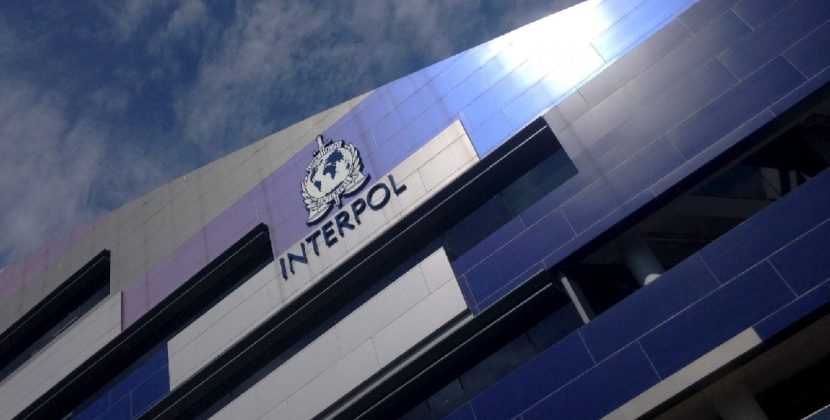





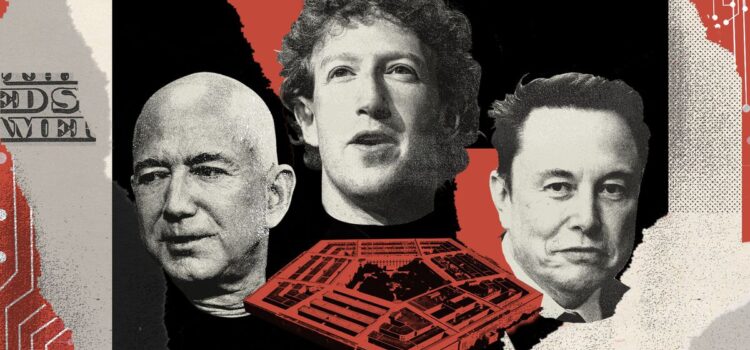

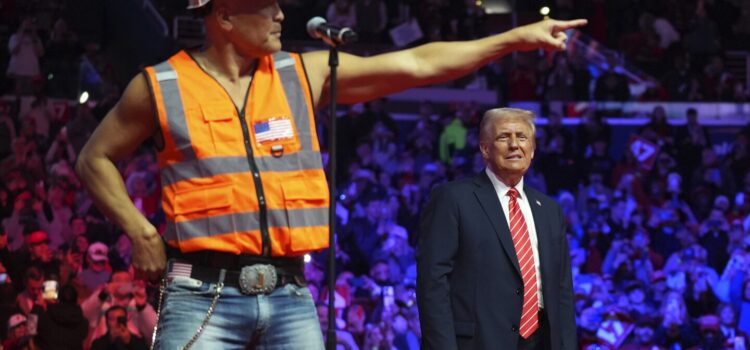


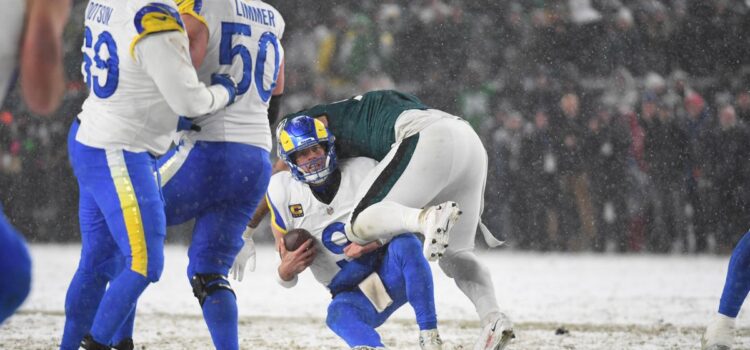
:no_upscale()/cdn.vox-cdn.com/uploads/chorus_asset/file/25838924/Screenshot_2025_01_20_at_3.08.19_AM.png)
:no_upscale()/cdn.vox-cdn.com/uploads/chorus_asset/file/25838926/Screenshot_2025_01_20_at_3.21.57_AM.png)
:no_upscale()/cdn.vox-cdn.com/uploads/chorus_asset/file/25838933/Screenshot_2025_01_20_at_3.31.18_AM.png)
:no_upscale()/cdn.vox-cdn.com/uploads/chorus_asset/file/25838934/Screenshot_2025_01_20_at_3.31.27_AM.png)







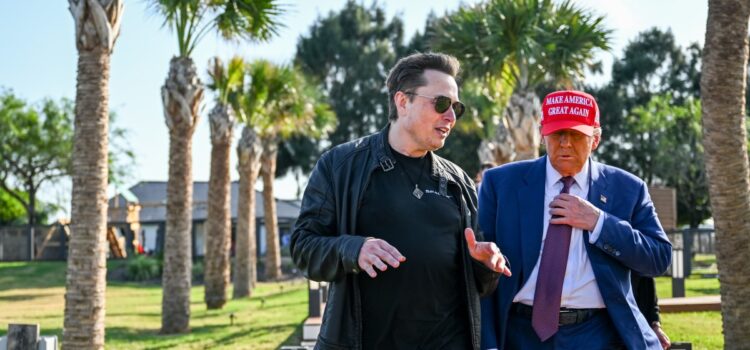






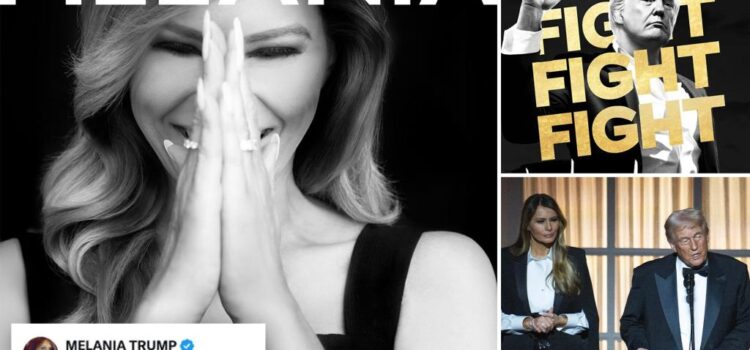


Comments